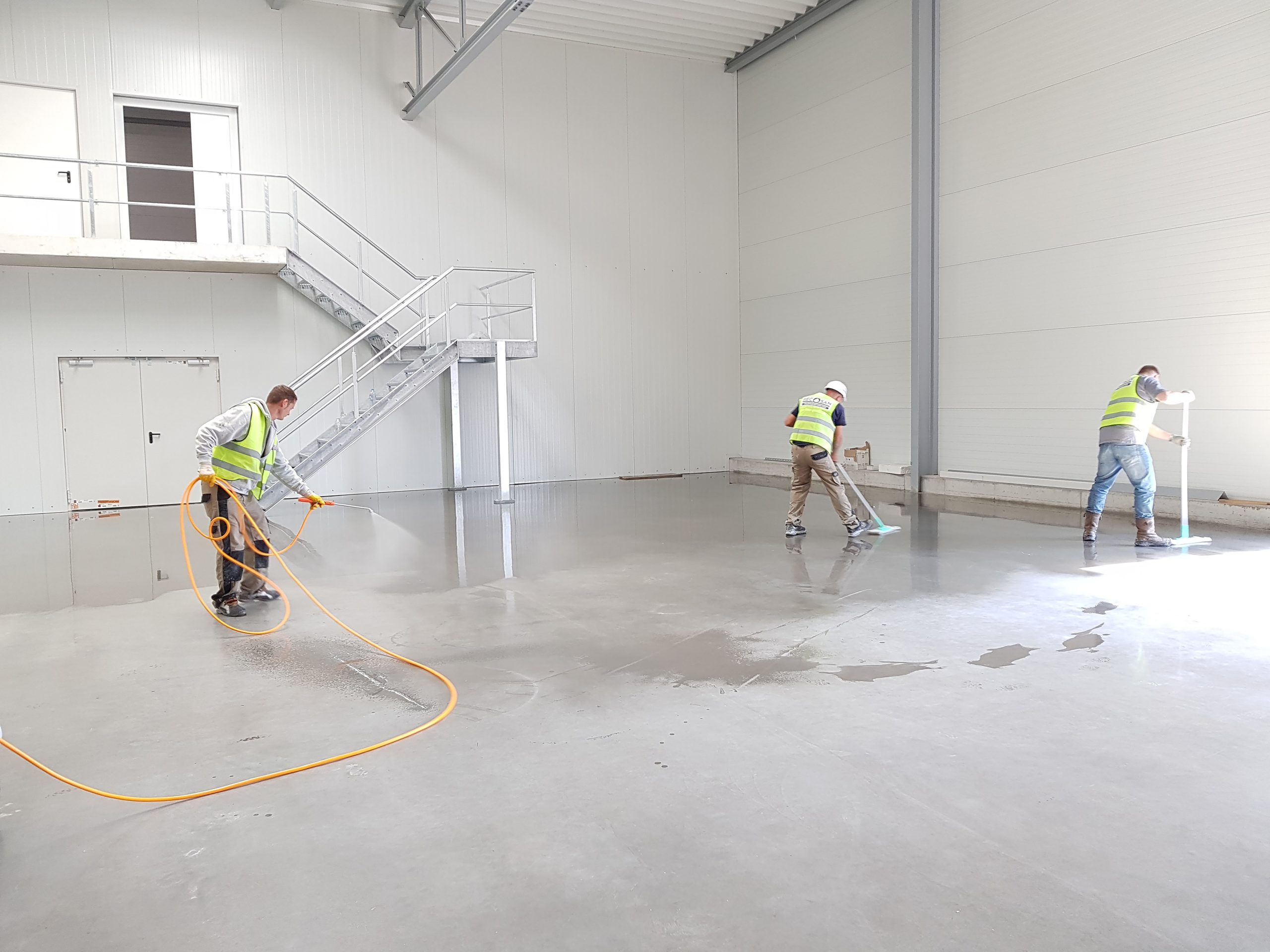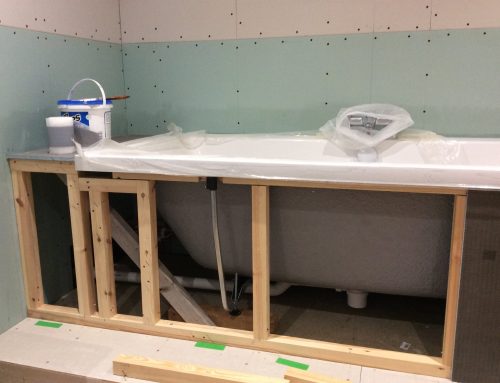
Covenant is the midlands leading caretaking and maintenance specialist for businesses, charities and religious buildings.
January 17, 2021
Covenant is the midlands leading caretaking and maintenance specialist for businesses, charities and religious buildings. We have identified 3 key areas that your organisation should review in order to reduce the costs of ongoing/ad-hoc maintenance and caretaking. By reviewing and making changes in these 3 key areas, your business/charity will be able to devote the money saved towards reaching further into your business activities. Below is a brief explanation of these 3 key areas……
Competency of your current caretaking solution
Competency is a key area to focus on to reduce your ongoing maintenance costs. You should ensure that you have both a qualified and competent caretaking solution, that can carry out all maintenance and support required.
We often see that time is utilised for stewardship (day-to-day operational requirements) rather than the ongoing repair and maintenance of your buildings. There are many reasons why church caretaking focuses mainly on stewardship, however, the number one reason is a lack of skills to carry out the maintenance themselves. The caretaker does what they can; not what is needed.
As a result of this lack of skill, caretakers working as described above are unable to conduct simple tasks such as:
- Checking fire extinguishers
- Flick testing emergency lighting and bleeding radiators
- Fixing the loo seat or screwing the toilet roll holder back on the wall
- Fixing a sticking door, replacing a broken tile
- Decoration, plumbing and changing light bulbs in large sanctuaries, worship spaces and meeting halls.
These tasks are often outsourced to tradesmen to conduct the maintenance (often at a higher cost). This generally leads to the caretaker turning to other tasks within stewardship to justify their time.
Flexibility to support you as and when you need
A caretaking solution has to be flexible in both the use of skills/expertise and the time it takes to conduct what is required. A flexible solution will enable you to pay for what you require and no more.
If you have the right balance of skills and expertise within your current caretaking solution, you should be able to flex the time you require with no penalty. When you have larger projects to cover, you should also be able to spread the costs over 12 months and pay the same rate for additional work.
Business and charity finances are stretched over a large list of commitments and priorities. These are balanced and prioritised by the leadership to provide flexible growth and support across the organisation. Despite this, we see very little caretaking and maintenance flexibility built into the way in which a building needs to serve those priorities.
It is easy to overpay for what you require, and the cause is not always crystal clear. Whether this overpayment is due to outsourcing of maintenance jobs based simply on a lack of skills or an inability to deploy resources correctly, it all leads to you outlaying more money to maintain and care for your buildings than you need to.
Optimisation
Finally, but by no means least, we believe that optimising the use of your caretaking solutions is key to reducing your ongoing costs.
The two points above feed directly into how optimised the solution currently is, however for this point, our main focus is on the hours you deploy and how these are used. We find that between 35-40% of caretaking hours are unused or poorly optimised; if they are optimised at all.
It is often found that a part-time caretaker will be deployed for around 15-20 hours per week. If they are unskilled, or find most of their time deployed through Stewardship, you are likely to be spending much higher costs on your maintenance, which could be used for reaching out to your community and furthering your mission, or on larger project work within the buildings that are currently ‘on-hold’.
Summary
While the three key areas are separate, we do find that they are closely linked.
As a result, our recommendation is simple……
1) Make sure your caretaking solution can carry out all maintenance and support required to reduce disparate costs.
2) Don’t confuse caretaking for stewardship as they are not the same thing – utilise staff within your business to complete stewardship responsibilities.
4) Make sure you have a flexible solution to your caretaking, optimising the deployment of the time to ensure your properties are maintained to a cost-effective but high standard.
If you wish to know more about how Covenant support other businesses, charities and religious organisations with their caretaking and maintenance requirements, then visit the link below or take the short survey and someone will be in touch.





